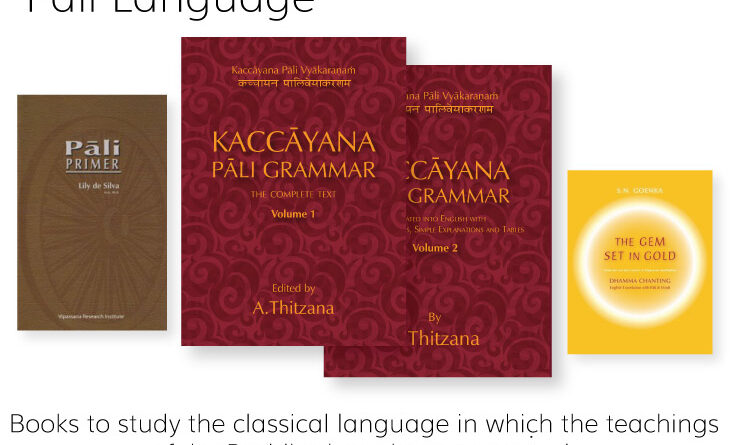Nội Dung Chính
Excerpt from S.N. Goenka’s Discourse
anattā — no “I,” no “mine.” It appears to be so, that there is an “I” in me. It appears to be so: this is “mine.” But as you proceed further — at the experiential level, not at the intellectual level — it becomes so clear: what is “I”?
viññāṇa — the cognizing part of the mind
saññā — the recognizing part (of the mind). The nearest English translation is “perception.” Its job is to recognize.
vedanā — the feeling part (of the mind) — sensations: experiencing sensations on the body
saṅkhāra — the reacting part (of the mind). Its job is to react. … It is actually the motivation of the mind, the reaction of the mind. It is something which is a heap of action. The first cognizing is not an action; it will not give any fruit. Recognizing is not an action; it won’t give any fruit. Feeling is not an action; it won’t give any fruit. But the saṅkhāra, the reaction, this is an action; this gives fruit. Because you keep repeating, repeating. Words of praise, pleasant sensation, and this part of the mind keeps repeating: “I want it! I want more! I want more!” Repeatedly craving, craving, craving, clinging; continuously craving, clinging, craving, clinging. … The saṅkhāra is the volition of the mind, which results in the mental action, and this gives fruit.
Vocabulary List
Pañcakkhandhā
5 aggregates / aspects of sentient existence
-
- pañca – five
- khandha – aggregate; bulk; mass, substance
-
- nāmarūpa – mind and matter, the mental-physical continuum
-
- 1. rūpa – corporeality, matter
- nāma – mind
- 2. viññāṇa – consciousness
- 3. saññā – perception
- 4. vedanā – sensation
- 5. saṅkhāra – volitional activity
Pañcakkhandhāṃ ti-lakkhaṇaṃ
3 characteristics of the aggregates
-
- ti – three
- lakkhaṇa – characteristic
- anicca – impermanence
- anattā – non-self, insubstantiality
- dukkha – unsatisfactoriness

